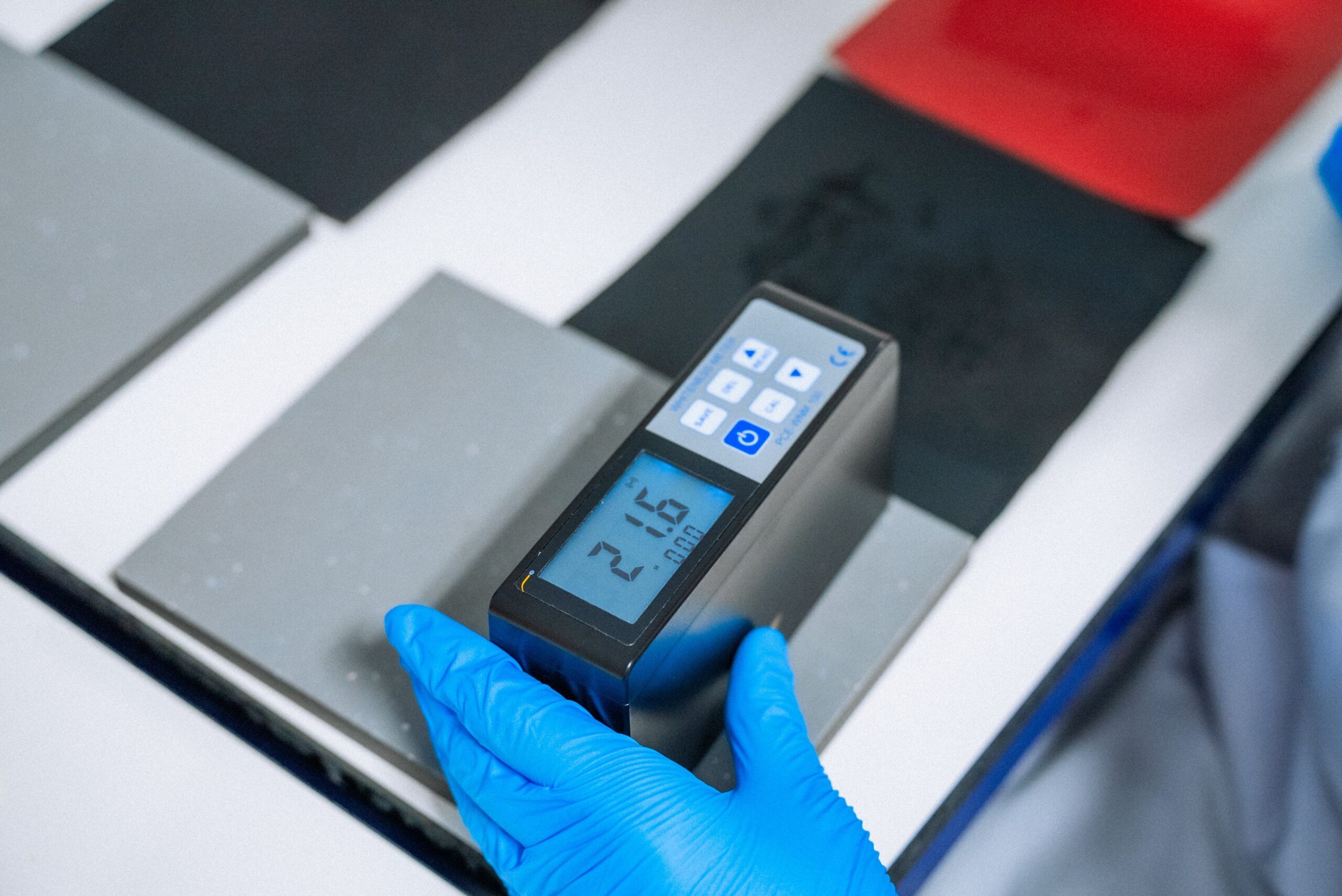Handheld Device Material Compatibility – Case Study
Article Summary
Many medical device instructions for use are inadequate for proper cleaning, so the accelerated cleaning practices used post-COVID have drastically shortened the service life of thousands of pieces of equipment. One manufacturer worked with Test Labs to determine where and how these new practices caused damage to a handheld device, and compared the results against prototypes using new polymers.Article Contents
The COVID-19 influence on cleaning practices
As we are all aware, the consequences of the COVID-19 pandemic were wide-ranging and varied. In the world of medical devices, one impact in particular has been frequently overlooked: a pronounced increase in the frequency and intensity of cleaning practices within healthcare settings. While this may have reduced hospital acquired infections, it has also led to a decrease in the service life of thousands of pieces of equipment. Across the UK (and likely many other countries too), medical devices have been failing at much faster rates than anticipated, as harsh disinfectants degrade and corrode surfaces and sensitive components.
Some manufacturers have taken notice of this trend. In the latter half of 2023, we were approached by a manufacturer who had been receiving reports of increased failure rates in their handheld devices. The cause for this was clear: the instructions for use (IFU) of the device required that it be cleaned with mild detergent and water, but in the field the devices were almost exclusively being cleaned with a popular disinfectant wipe instead.
Developing the material compatibility test
Under these new cleaning practices, the service life of the device had become unclear and, as it was difficult to differentiate between damage caused during general use and damage caused due to cleaning, the locations and mechanisms of damage were also unclear.
Lacking the data required to address this issue, the manufacturer asked us to assess the material compatibility of the devices against the disinfectant wipe that they suspected was most frequently used on the devices. Experienced personnel from the company visited Test Labs to tour the facility and discuss the test plan in detail: between their intimate knowledge of the device and our wealth of experience in material compatibility testing, an effective study plan was developed.
As part of our standard approach to material compatibility, both qualitive and quantitative endpoints are assessed: a neutral-grey colour assessment cabinet is used to accurately capture images of the test items, which are then used to highlight observations made on the visual and tactile changes that have been observed. Mass, colour, and whiteness measurements are also obtained and compared to initial data to track how those values might change over time.
For this particular study, we would replicate a year’s worth of cleaning based on an estimated number of times the devices were used in a day and, to replicate the stresses and strains of daily use, the devices were to be wiped by hand and the accessories detached and reattached with every single wipe. In order to track changes and damage more effectively, a series inspections were planned: an initial inspection before the first wipe to attain baseline values, interim inspections for every two months of simulated use, then a final inspection after the last wipe was used. This way, the manufacturer could be kept up to date with any developments, and subtler changes in the devices could be linked to future breakages and failures.

Finding answers
During the course of the study, it became clear that the devices were not compatible with the brand of disinfectant wipes used. Thinner sections of plastic began to weaken, first showing hairline cracks and eventually snapping off entirely. Rubber sections of the device began to discolour, and it became difficult to keep them seated, which in some cases allowed the ingress of disinfectant.
The manufacturer was kept up to date throughout, and at the conclusion of the study they were invited to visit the laboratory to see the devices and go through the findings of the study in person. This meeting yielded some interesting findings: the parts that snapped off were often reported broken during routine maintenance of the devices, but this had never been connected to cleaning practices, while parts that were anticipated to break had only sustained minor damage.
In addition, the interior of the devices was examined at the request of the manufacturer. This showed that key internal parts of many of the devices were severely damaged: the screws keeping the case of the device sealed were heavily corroded and the bosses holding the screws had crumbled to pieces.
At this point we discussed next steps. When the first signs of damage were observed, the manufacturer had put in to motion a plan to test new materials and had manufactured a small batch of prototype devices using a more resistant plastic. During their visit, they proposed two new studies, both of which would use the original test plan to accurately compare the results to the first study: one study would continue to test the existing devices to destruction, and one would test the prototype devices to investigate the compatibility of the new material.
The benefits of material compatibility testing
The results of the new studies were clear: the existing devices were destroyed after an additional two months of simulated use, literally falling apart at the seam, whereas the prototype devices were tested for twenty-four months and showed only minor signs of damage. The new plastic was considered a success.
With data provided by us that highlighted points of failure and provided confidence in a new material, the manufacturer had resolved to update both the IFU and the device itself. Thanks to this, and the data acquired from their own investigations, the results of both studies could be used in their technical file to justify future decisions to their local regulatory body.
The broader picture
This is not an isolated incident; in fact, many medical devices have IFUs that ask for them to be cleaned with mild detergent and water. While this technically means that devices like these are being “misused” when they’re cleaned with disinfectant, it has become clear that these kinds of IFUs are not adequate in a post-pandemic world. Healthcare workers should not have to choose between damaging equipment and preventing infections.
This case study underscores how we can begin address this issue. A tailored testing approach and dedication to transparent, ongoing communication can allow laboratories to provide invaluable support to medical device manufacturers. By identifying critical points of failure, offering data-driven insights, and testing new materials, research like this can enable manufacturers to keep pace with the rapidly evolving demands of healthcare world.
Get It Done, With Certainty.
Contact us about your testing requirements, we aim to respond the same day.
Get resources & industry updates direct to your inbox
We’ll email you 1-2 times a week at the maximum and never share your information


